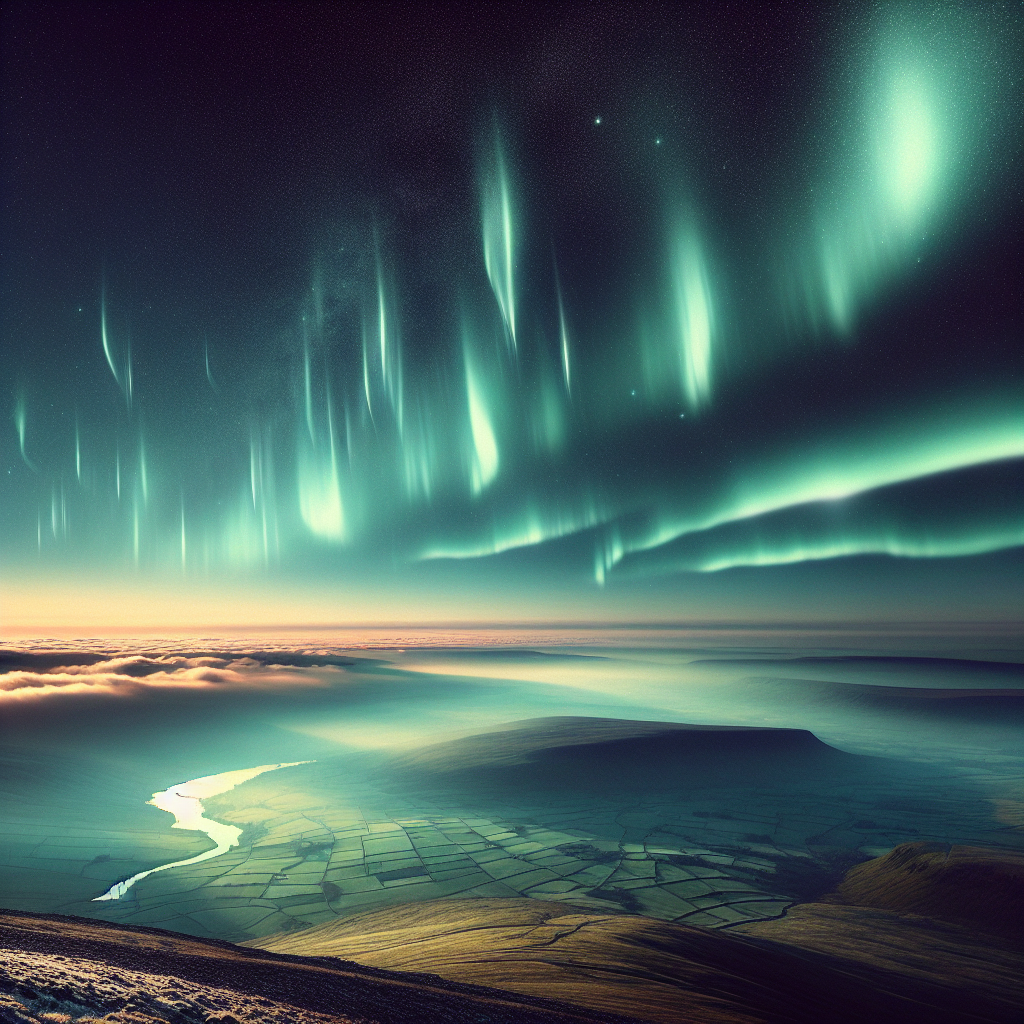Viewing the Northern Lights in the UK: Coronal Mass Ejection Alert

Understanding the Science Behind Auroras
The Northern Lights, or auroras, have always fascinated humans with their ethereal beauty. These natural light displays occur when charged particles from the Sun collide with molecules in Earth's atmosphere, releasing energy in the form of stunning light emissions. This celestial phenomenon is best observed in high-latitude regions close to the Arctic and Antarctic circles. However, under certain conditions, such as a significant solar event, the auroras can be visible at much lower latitudes, like the UK.
Recent Solar Activity: A Coronal Mass Ejection
Today, a massive coronal mass ejection (CME) is expected to reach Earth, causing a geomagnetic storm capable of pushing the auroral displays further south. This ejection, a gigantic burst of solar wind and magnetic fields from the solar corona, was detected by NASA's Solar Dynamics Observatory (SDO), offering a stunning opportunity for skywatchers in the UK.
Optimal Viewing Conditions in the UK
The best time to view the Northern Lights during this event will be after sunset, when skies are darkest. Observing areas away from city lights will provide the clearest views. Regional forecasts suggest that northern parts of the UK, such as Scotland, Northern Ireland, and parts of Northern England, will have the best chances to witness the ethereal display.
Scientific Implications of Geomagnetic Storms
While auroras are beautiful, geomagnetic storms resulting from CMEs can have significant impacts on modern technology. These storms can disrupt satellite communications, GPS systems, and high-frequency radio communications. Additionally, they can induce currents in the electricity grid, potentially leading to power outages.
Scientists continue to monitor the Sun’s activity closely using satellites like the ESA/NASA Solar and Heliospheric Observatory (SOHO) and the joint mission between NASA and NOAA, the Geostationary Operational Environmental Satellites (GOES). This ongoing research helps predict space weather events and mitigate their effects on Earth.
Conclusion: A Celestial Event Not to Be Missed
For those in the UK, tonight's Northern Lights offer a rare glimpse into the dynamic interactions between solar activity and Earth's magnetic field. Not only is it a spectacle worth witnessing, but it also reminds us of the powerful and sometimes disruptive forces at play in our solar system. Whether you're a seasoned astronomer or a casual observer, prepare for an enchanting experience as the sky dances in hues of green, pink, and violet over the horizon.



Comments ()